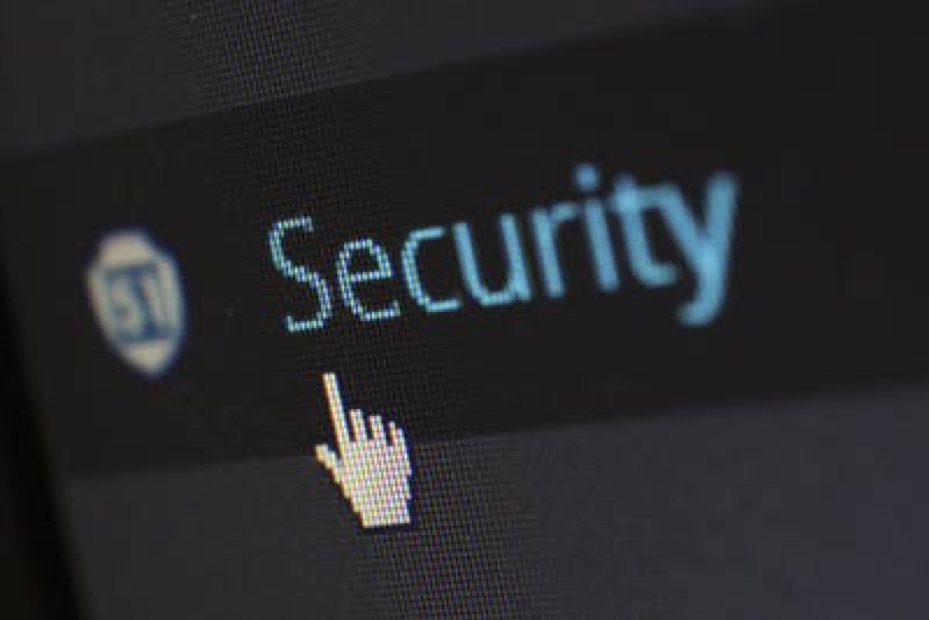Contents
Introduction
Verifying who a person is and where they come from has always been a core part of the way we organise society. Civilisations are born and made flourishing through administrative strength, and now with movements such as the internet of things, that is increasingly more true than ever.
Now, our online identity may look very different from our real-life identity. This might be a combination of digital identity cards, our emails, passwords and whatnot. 2FA (Two-factor Authentication) has been all the rage now, and things like having a backup email have existed for years.
Security features have and will continue to be strengthened for the greater good. As such, today this article will be discussing exactly what all this verification technology is going towards preventing. This is Digital Identity proofing, and this is done mostly through the use of smart identity verification api.
What is identification confirmation?

Identification confirmation is a crucial procedure which guarantees a person’s appearance corresponds to their claimed digital identity.
A collection of distinctive qualities and attributes connected to a person are compared with those of the identity brought forward as part of the identification authentication phase.
To confirm that a natural person is responsible for a procedure as well as to stop theft via identification and authorisation, identity systems are crucial.
Authentication systems are a crucial necessity for the majority of operations and activities, either electronically or manually, involving the internet or offline finance, plane tickets, or obtaining a passport.
How do I verify my persona online?
Your internet personality and online documentation are implied by your “user certificates,” which may be expressed through a network membership, a professional email account, or a private email account identification.
In a word, verifying your identity online is done through methods employing computing systems to evaluate a user’s distinguishing qualities or attributes, and cross-reference them against database results to confirm their digital identity checks.
How concerned should I be about personal identity theft?
Because the internet has made it easier in our lives to complete difficult activities, the privacy concerns that go along with it must not be disregarded.
Numerous individuals have their credentials stolen annually as a result of fraudsters constantly looking for weak connections. These hackers may be doing something completely illegal as a result, but since they are out for political or economic motives, this usually will not stop them.
What this means is that weakness in the process of managing identities or inadequate levels of verification might mean disastrous complications for an organisation.
Thieves can appear as other members of a chain to obtain critical corporate data, which is then misused for a variety of reasons.
Therefore, a rigorous way of protection from electronic identity theft has become necessary as organisations have to deal with monetary setbacks valued at millions, together with product tainting as a result of an increase in data theft.
Advantages of cyber confirmation

Powerful Cybersecurity
Inter-authentication is the action of using different parts of the digital chain to verify each other. If you’re familiar with tensegrity, you’ll recognise similar elements, albeit digital rather than familiar.
Inter-authentication can significantly improve privacy by having extra levels of identification in the present system.
Inter-authentication is regarded as the best trustworthy method of identity verification which guards against unwanted intrusion and ultimately aids in compliance with certain business laws.
For instance, mandating the usage of inter authentication in specific circumstances to prohibit intruders from entering networks. Compatibility guarantees how a program upgrade is practically not even when it results in unanticipated and unmanaged repercussions.
Reduces the exposure of confirmation action
A user’s photograph along a state identification is compared to the people requesting high levels of care (internet or outdoors) as part of conventional techniques for confirming an identification, which only utilises actual confirmation checks. Several methods are frequently employed to determine if identification is real or fraudulent.
Unofficial experts may simply get around such authentications, nevertheless, simply changing the papers using a variety of market-available, freeware technologies. Utilising trustworthy additional authentication technology lowers the dangers associated with natural judgement and minimises misjudgment when confirming a person’s identification.
User satisfaction makes all the difference, when it’s supported either by the greatest measure of assurance, it may completely alter the landscape of any firm or company provider within the civil sector.
Prospective consumers may have a subscriber-friendly encounter with the state-of-the-art identification authentication scheme beginning with the orientation program as well as continuing throughout the whole client life span.
Reliable identification is made possible either by a powerful CIAM (client identity and authorization administration) system, which also provides additional levels of verification via inter-identification and adaptable authorization.
Users may swiftly authenticate themselves using existing social networking profiles or a password, which improves your customer journey altogether.
Types of Individual confirmation mechanisms

Authentication systems are required to ensure legitimate and safe accessibility to web-based and mobile-based services. This aids in authorization and gives programmes administrative management depending just on patients’ identities.
The following techniques may be employed to confirm clients’ identity:
Gmail Confirmation
Emails continue to be the go-to method for identification since alternative options are no longer as effective or accessible. This is reasonable to assume the vast majority of customers of such programmes introduce additional registrations using existing Email addresses. You may log into such a user using the details you utilised to set up the electronic authentication.
Fingerprint Confirmation
Fingerprint scanners have become a user’s distinct physical qualities and attributes. For verification reasons, several traits could be employed. Among the most popular identity verification traits are audio, retina, visage, and fingertips.
Network Confirmation
Utilising pre-existing usernames and passwords out of an online site, such as Linkedin, Youtube, Instagram, and others, facilitates quicker authentications and enrollment. General customer satisfaction is influenced generally while network identification is made simple.
Its community verification system seamlessly integrates various APIs from more than Forty online communities to provide a solitary API which seems to be capable of handling each one of these sites’ distinctive aspects.
Conclusion
Businesses that fail to win over customers’ confidence eventually go out of existence. Maybe for that purpose, strict verification procedures must be put in force.
Its ultimate effect is jeopardised customer identification and business degradation because fraudsters may readily target insufficient additional authentication methods.
Companies should think about depending on a reliable solution that aids in safely confirming usernames and passwords while maintaining a positive customer journey.
A most effective option for safeguarding vital customer information while also providing a strong security mechanism supported by excellent customer satisfaction.

